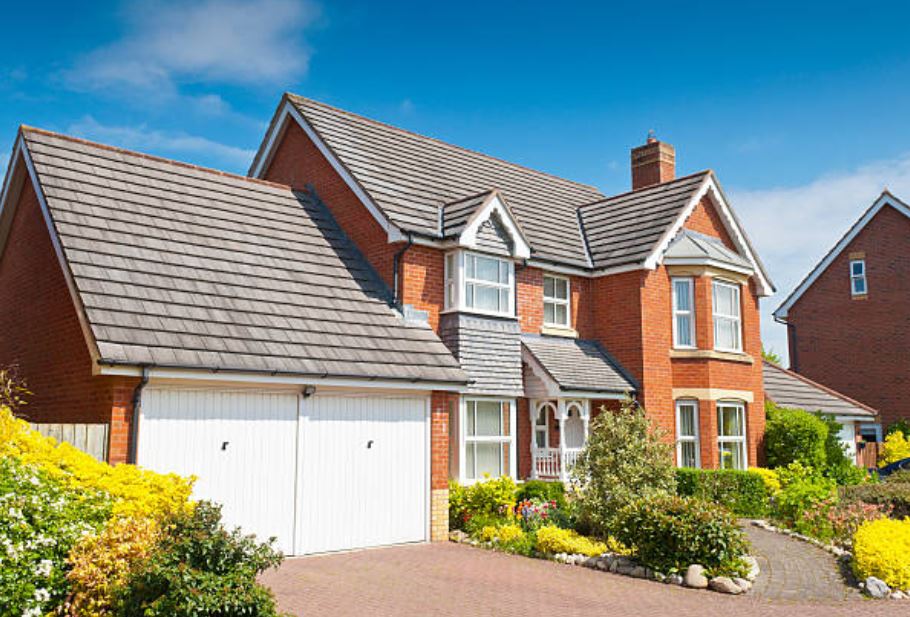Imagine two nearly identical homes—same square footage, similar layout, and even the same year built. One is in W1K, Mayfair and the other in E16, Canning Town. Despite their similarities, one commands a price tag nearly three times higher. Are there better schools? Lower crime rates? Maybe. But often, what’s really at play is a deeply ingrained cultural phenomenon known as postcode snobbery.
In 2025, postcode snobbery is alive, well, and influencing everything from house prices to social mobility. This blog dives into the why, the how, and the real consequences of a postcode-driven mindset in real estate—and why it’s time to challenge the stigma.
What Is Postcode Snobbery?
Postcode snobbery refers to the prejudice or bias based on an area’s postcode, judging people, properties, and lifestyles by the perceived “status” of their location.
It’s the reason why someone might proudly say they live in “Notting Hill” rather than “Shepherd’s Bush,” even if both flats are separated by just a few hundred meters. It’s also the reason why banks, buyers, and even landlords might undervalue or overlook certain postcodes regardless of actual quality, design, or investment potential.
Where Did It Come From?
– Historical Class Divides: In Britain, class has traditionally been tied to geography. Aristocrats lived in “posh” areas; industrial workers did not.
– Victorian Planning: Wealthy neighborhoods were designed to be visually distinct, with wider roads, trees, and proximity to elite schools and parks.
– Media & Pop Culture: From soap operas to reality shows, some postcodes are glamorized while others are painted with crime, grime, and poverty.
The Royal Mail introduced the postcode system in 1959, intended only for logistical sorting. But by the 1980s, it had become a social marker. Certain codes—SW1, W8, NW3—began to symbolize wealth and exclusivity. Others became shorthand for poverty, crime, or social unrest.
The Data: Yes, It’s Very Real
Postcode bias isn’t just anecdotal—it’s backed by numbers.
1. House Price Discrepancies
According to the UK Land Registry:
– The average home in Kensington (W8) sells for £2.7 million.
– Just 20 minutes away, in Plaistow (E13), the average is £385,000.
That’s a 600% price difference that can’t be fully explained by the size of the home, how safe the area is, or how well the property is built.
2. Education & Opportunity Gaps
The Sutton Trust found that students from disadvantaged postcodes are significantly less likely to be admitted into top UK universities, even when achieving similar grades.
3. Insurance Discrimination
Research by Which? in 2023 showed:
– Car insurance quotes could vary by up to £500/year simply because of the postcode entered, regardless of the driver’s record.
How Postcode Snobbery Manifests in Real Estate
1. Property Valuation & Appraisals
Properties in “prestige” postcodes tend to be overvalued, while others are undervalued despite having similar features.
2. Landlord & Tenant Perceptions
Landlords may be less willing to accept tenants from certain areas due to preconceived notions. Conversely, tenants may avoid “stigmatized” postcodes—even if the home is perfect.
3. Investor Psychology
Many investors prioritize postcodes like E1, W11, or SW3, fearing that lesser-known codes won’t “hold value.” This creates property bubbles in high-status areas while others remain overlooked and underdeveloped.
Postcode Snobbery in 2025: Is It Changing?
Yes, and no.
With remote work and digital lifestyles on the rise, people are less tethered to traditional “status locations.” Young buyers are increasingly choosing affordability, community, and creativity over postcodes with clout.
However, postcode perception still plays a role in:
– Mortgage approvals
– Resale value
– Tenant screening
– School admissions
So while the rules are shifting, postcode snobbery hasn’t disappeared—it’s just evolving.
Why Challenging Postcode Bias Matters (Especially for Bloomnights)
– Unlocking Hidden Potential: Some of our most successful short lets are in so-called “underrated” postcodes. Why? Great design, smart pricing, and a good host experience go further than a W postcode ever will.
– Creating Opportunities: We help investors see beyond hype and into data. Postcode doesn’t always predict returns, strategy does.
– Championing Local Growth: Every neighborhood has its charm. We work to bring visibility, dignity, and investment to emerging areas, not just headline ones.
Whether you’re a landlord looking to maximize ROI, a guest choosing your next stay, or an investor exploring new markets, postcode snobbery still exists—but it’s losing some of its power.
Here’s how to use that to your advantage:
– Don’t be afraid to buy or list in emerging areas.
Look at where infrastructure, arts, and local businesses are growing—those are tomorrow’s prime postcodes.
– Highlight the lifestyle, not just the location.
At Bloomnights, we help showcase what makes your property stand out, beyond the postcode.
– Use data and reviews to change perception.
Social proof, great photos, and 5-star experiences matter more than a postcode ever could.
Conclusion
Postcode snobbery isn’t gone, but it’s being challenged—and in 2025, people are starting to look past the postcode and focus on what a property truly offers. So, whether you’re listing your next short-let or deciding where to invest, don’t let postcode myths limit your potential.
In 2025, the smartest landlords, renters, and investors are the ones looking past the postcode and into the actual potential.
So next time someone says “you live where?”, just smile and show them your ROI.








